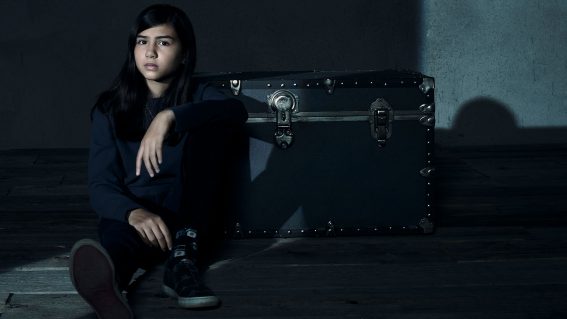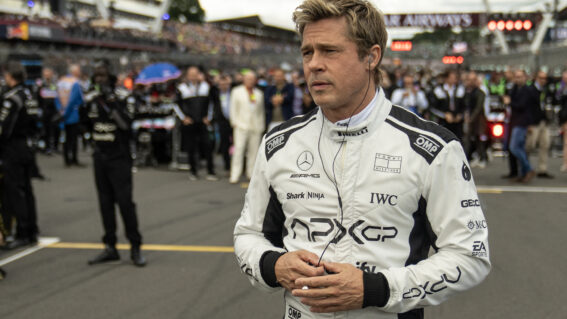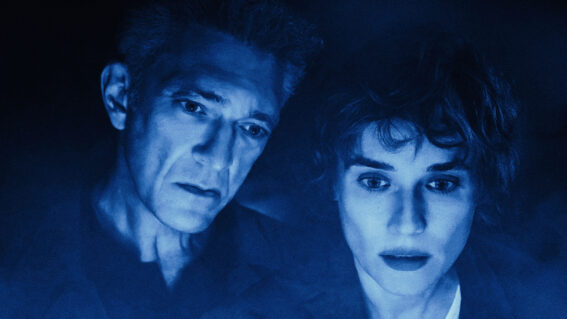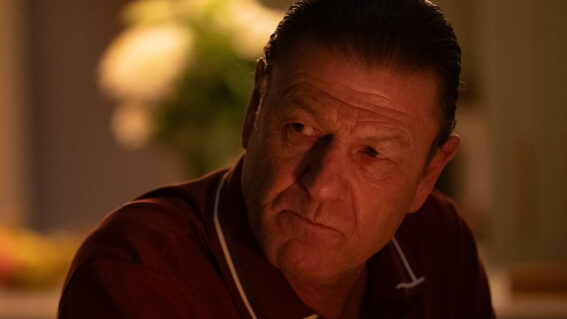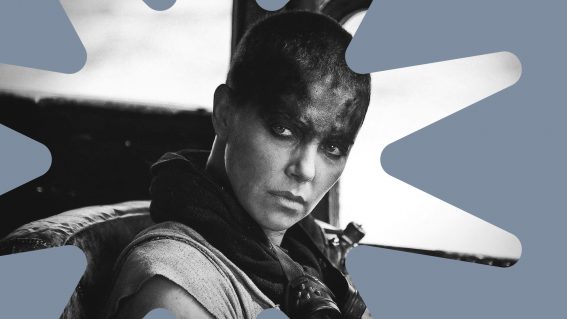In an era of sloppy legacy sequels, the new Chucky series does it right
Arguably the best horror TV series since Hannibal, it’s also probably the goriest.
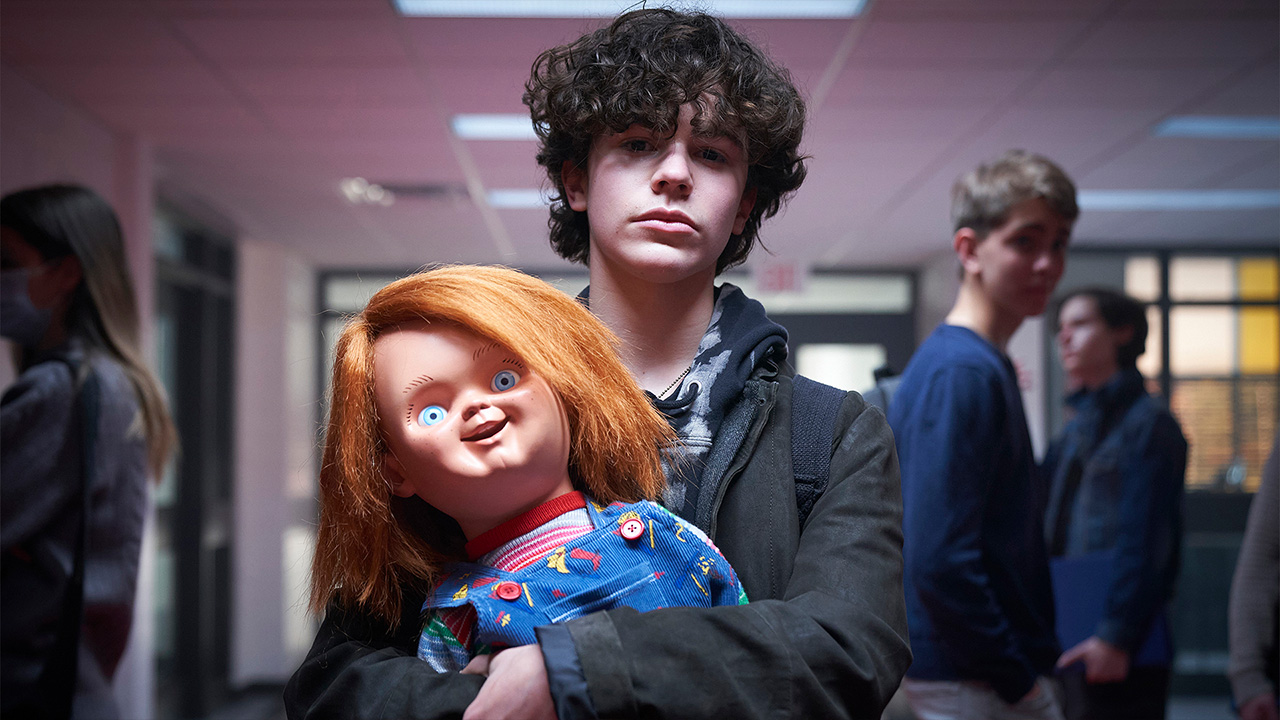
Don Mancini, creator of the original Child’s Play, takes the iconic demon doll further with new series Chucky – streaming now on Neon. In an era of sloppy legacy sequels, Dominic Corry writes how this first season does it right.
We live in a popular storytelling era overflowing with “legacy sequels” – follow-ups to beloved films and TV shows set in canonical continuity in which old familiar characters interact with new additions.
It’s an awkward, mass market-driven mode of storytelling that often results in something unfocused as a result of trying to serve both existing fans and new fans, generally satisfying neither. The Force Awakens and Halloween (2018), I’m looking at you.
But the new TV series Chucky shows just how much fun a legacy sequel can be.
The Child’s Play/Chucky franchise has experienced many ups and downs over the years, and the continuity has drifted in between meta self-awareness and straight-forward horror, but all the elements come together nicely for the new TV series. And that’s thanks to the one behind-the-scenes constant throughout all the years: Don Mancini.
Mancini originated the series with his screenplay for 1988’s Child’s Play (for which he shared screenplay credit with director Tom Holland [not that one] and John Lafia) and was the sole writer for all six movie sequels. You didn’t realise there were six sequels? Bear with me.
Child’s Play 2 (1990) and Child’s Play 3 (1991) were pretty traditional horror sequels, although some may recall how the 1991 film was caught up in some British tabloid sensationalism, which put the series to rest for a while.
It came back strong with 1998’s Bride of Chucky, which brought some Scream-style self-awareness to the series, and Mancini doubled down on those elements with 2004’s frankly mental Seed of Chucky, which Mancini himself directed.
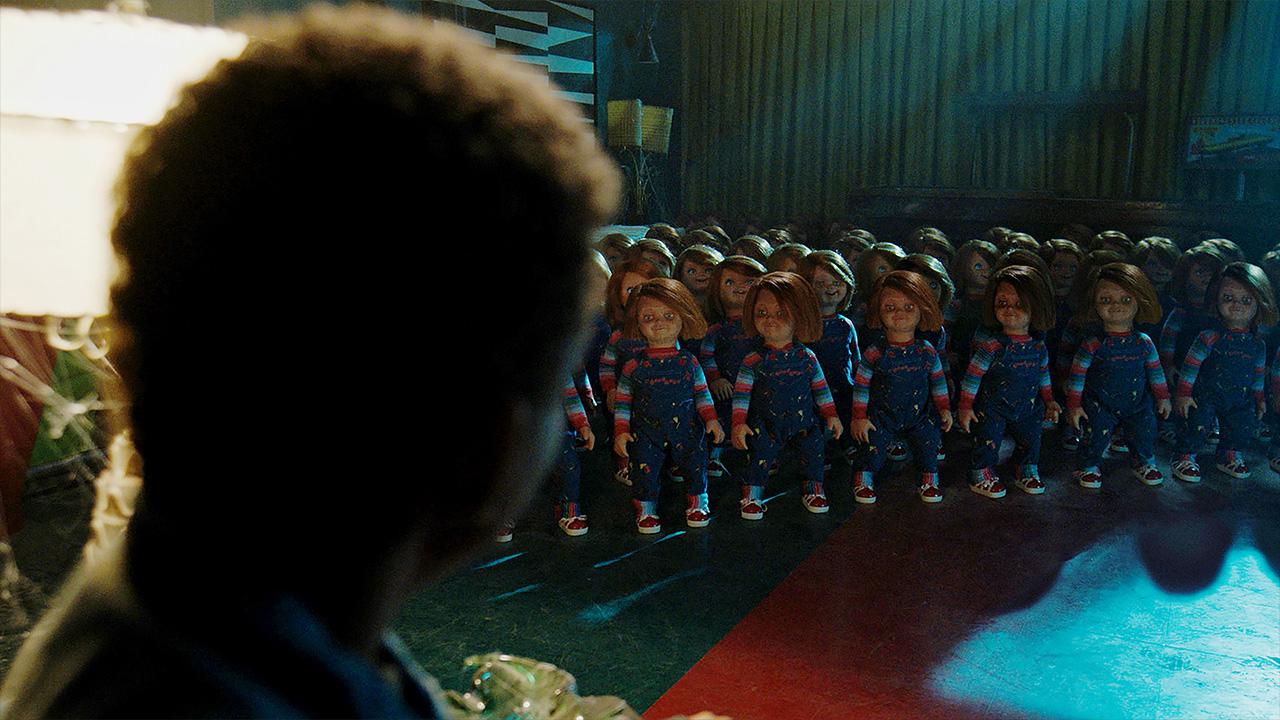
Another fallow period followed, before the franchised was revived with 2013’s Curse of Chucky (also directed by Mancini), which brought things back to basics somewhat (without negating what came before) and introduced the character of Nica Pierce to the series.
Nica is portrayed by Fiona Dourif, the daughter of Brad Dourif, who voices Chucky, and portrayed Charles Lee Ray, the serial killer who transferred his soul into a Good Guy doll at the beginning of the original film. This sequel also featured a cameo from Alex Vincent, returning to play Andy Barclay, the boy from the first three movies (although Vincent only played him in 1 and 2).
Curse was successful enough to warrant 2017’s Cult of Chucky (again, directed by Mancini), a Nica-centric follow-up set in a mental asylum which featured a bigger role for Vincent, and brought back the character of Kyle (from Child’s Play 2), once again played by Christine Elise.
These last two straight-to-video films generated enough of an audience to warrant the new Mancini-created Chucky TV series. (N.B. Two separate entities currently own the rights to use the Chucky character and the title “Child’s Play”, hence the existence of the 2019 Aubrey Plaza-starring reboot of that name, which turned Chucky into an evil robot, and with which Mancini had no involvement.)
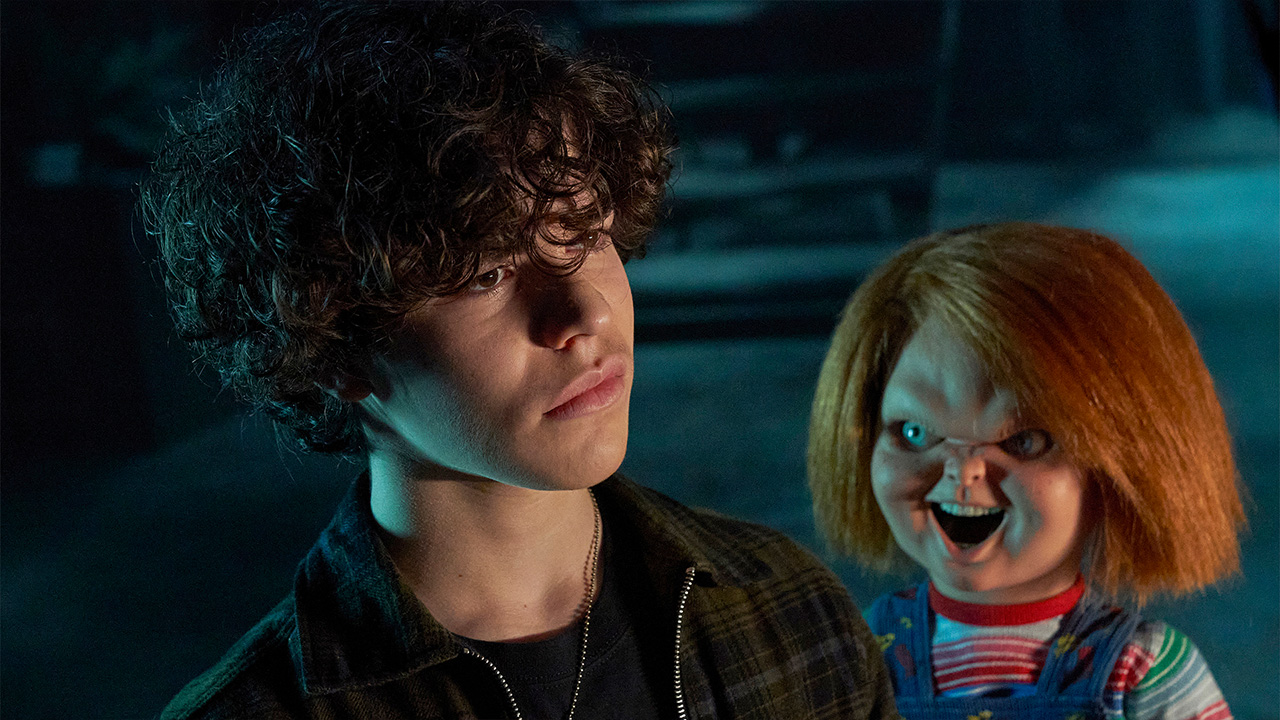
The new Chucky TV series centres around a 14-year-old named Jake Wheeler (Zackary Arthur), who purchases a “vintage” Good Guy doll at a garage sale. He then receives a call from Andy Barclay, who is tracking potentially-possessed Good Guy dolls. Andy warns an incredulous Jake about Chucky, and Jake later discovers his doll can speak on his own when he performs a scandalous ventriloquist routine with Chucky at the school talent show. Before long, the bodies start falling and Chucky is trying to convince Jake that murder is the solution to all his teenage frustrations.
Chucky benefits from seven movies’ worth of goodwill but pushes the franchise in a variety of new interesting directions. As we follow Jake’s journey, the show periodically delves back into the past to fill out Charles Lee Ray’s backstory, including his childhood. In flashback scenes where Lee Ray is in his twenties, Fiona Dourif (in make-up) portrays a young version of a character previously played by her real-life father. It’s pretty cool.
The younger Dourif also appears as Nica, and Jennifer Tilly, playing herself (it’s a long story) also eventually shows up, as do Andy and Kyle. Brad Dourif, of course, is still the voice of Chucky.

As much as fans will appreciate the way the mythology is filled out, Chucky is primarily worth watching for Jake’s story, which uses the horror elements as an effective metaphor for the extreme emotions that come with adolescence, a proud horror tradition. I think most teens would be open to the idea of a killer doll offering to take care of their high school bully.
Also, Jake is gay, and the show is notable in how casually it depicts this. It factors into some of his familial relationships, but Jake is not personally tormented by his sexuality, and there’s a touchingly sweet romance depicted.
Arguably the best horror TV series since Hannibal, it’s also probably the goriest. Mancini knows what works for Chucky’s world but is clearly excited to explore new territory. The self-referential aspects of the Bride and Seed sequels have a role to play, but they don’t undermine the more classic horror elements. In an era of sloppy legacy sequels, it’s a masterclass in going home again while breaking new ground.
The show is surprisingly nasty at times (in a knowing, camp manner), and features some pretty legendary kills. A second season has thankfully been greenlit, and I can’t wait to see where it goes next.







